What types of signaling devices make the most sense in hazardous locations?
Carter Williams, product manager, Siemens: When using control devices in a hazardous location, special precautions must be taken to ensure the signaling device used doesn’t have the potential for igniting the fiber or gases that are present during operation. Class 51 pilot devices that are rated for NEMA 7 and 9 hazardous-location applications are suitable for most hazardous environments. There are several guidelines that have been set up to guide you with your product selection based on your specific hazardous environment. You should always reference your local codes and guidelines setup in the NFPA and/or ATEX, depending on which local codes apply in your region.
ALSO READ: Remove the Stack Lights
Mike Bacidore is the editor in chief for Control Design magazine. He is an award-winning columnist, earning a Gold Regional Award and a Silver National Award from the American Society of Business Publication Editors. Email him at [email protected].
About the Author
Mike Bacidore
Editor in Chief
Mike Bacidore is chief editor of Control Design and has been an integral part of the Endeavor Business Media editorial team since 2007. Previously, he was editorial director at Hughes Communications and a portfolio manager of the human resources and labor law areas at Wolters Kluwer. Bacidore holds a BA from the University of Illinois and an MBA from Lake Forest Graduate School of Management. He is an award-winning columnist, earning multiple regional and national awards from the American Society of Business Publication Editors. He may be reached at [email protected]

Leaders relevant to this article:












